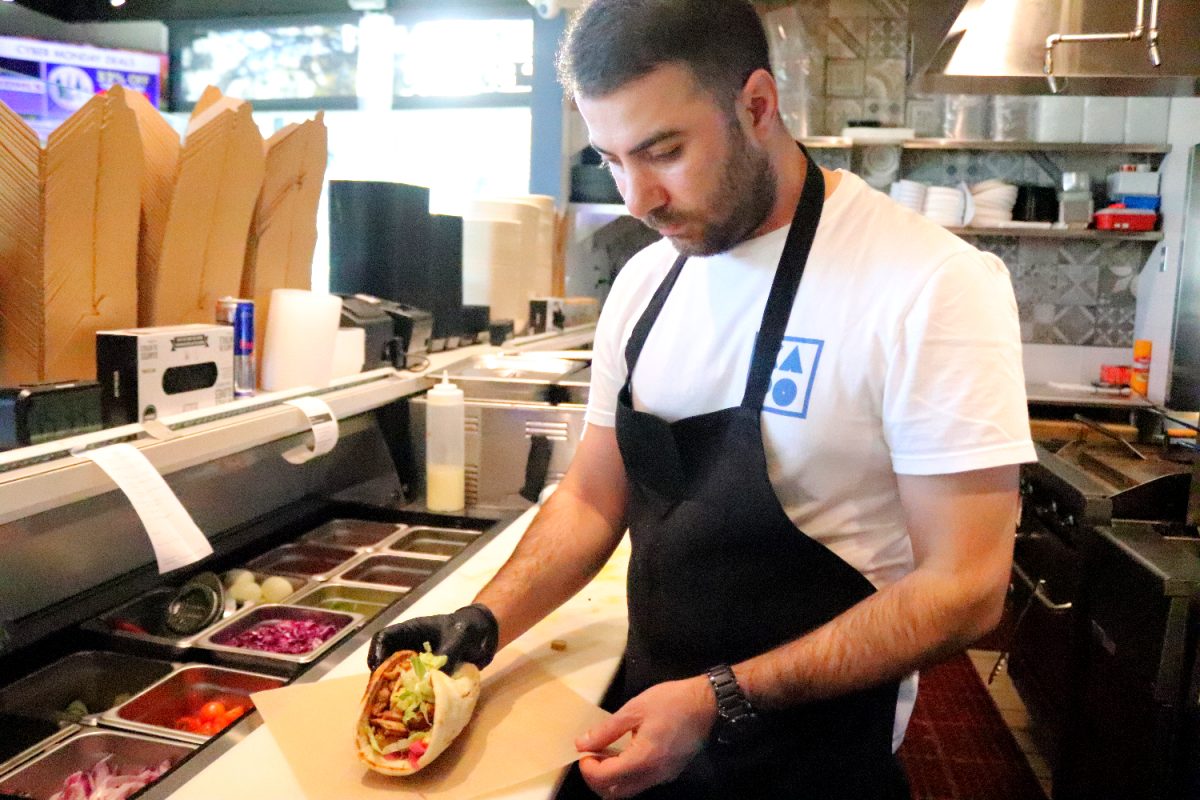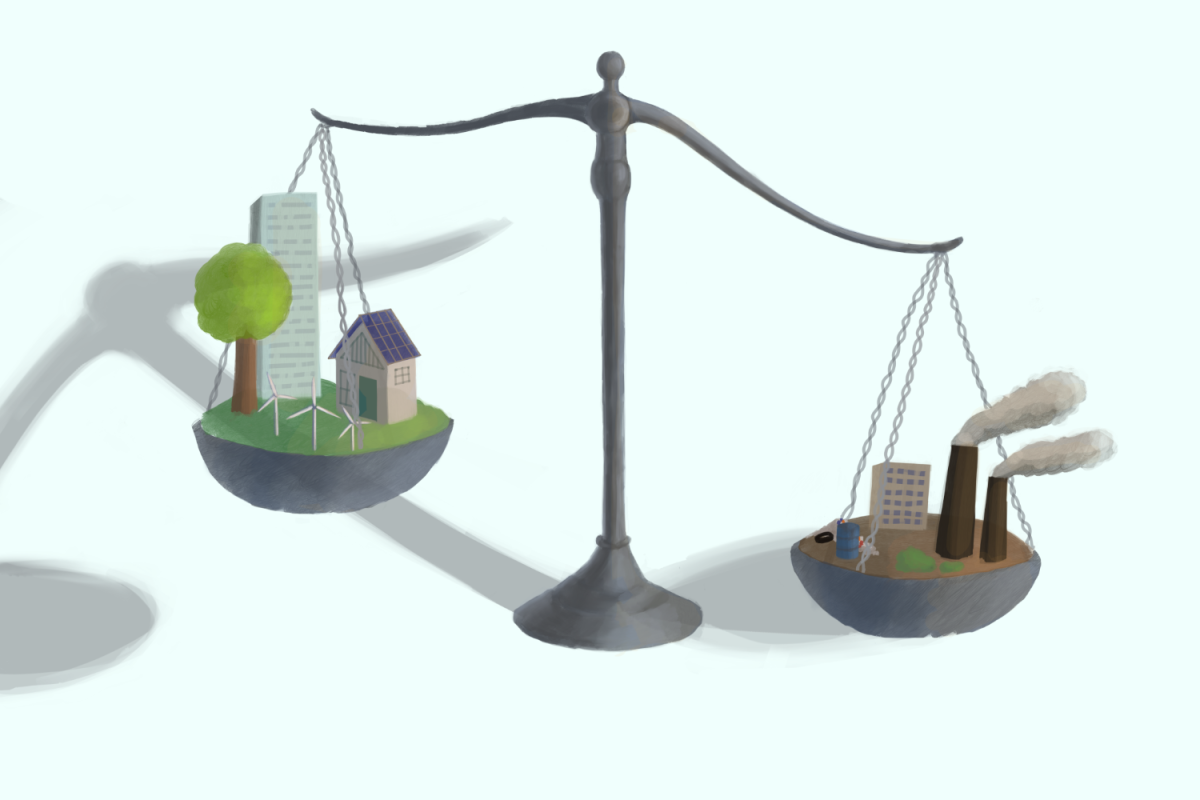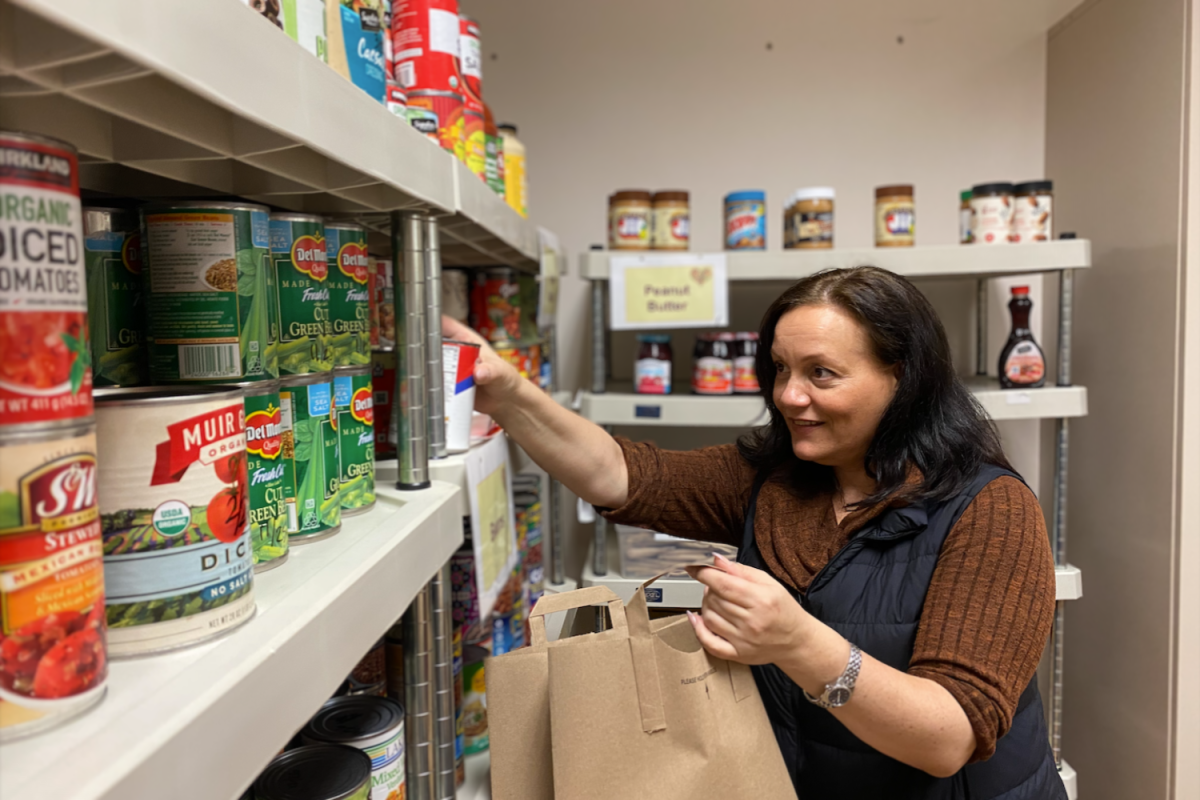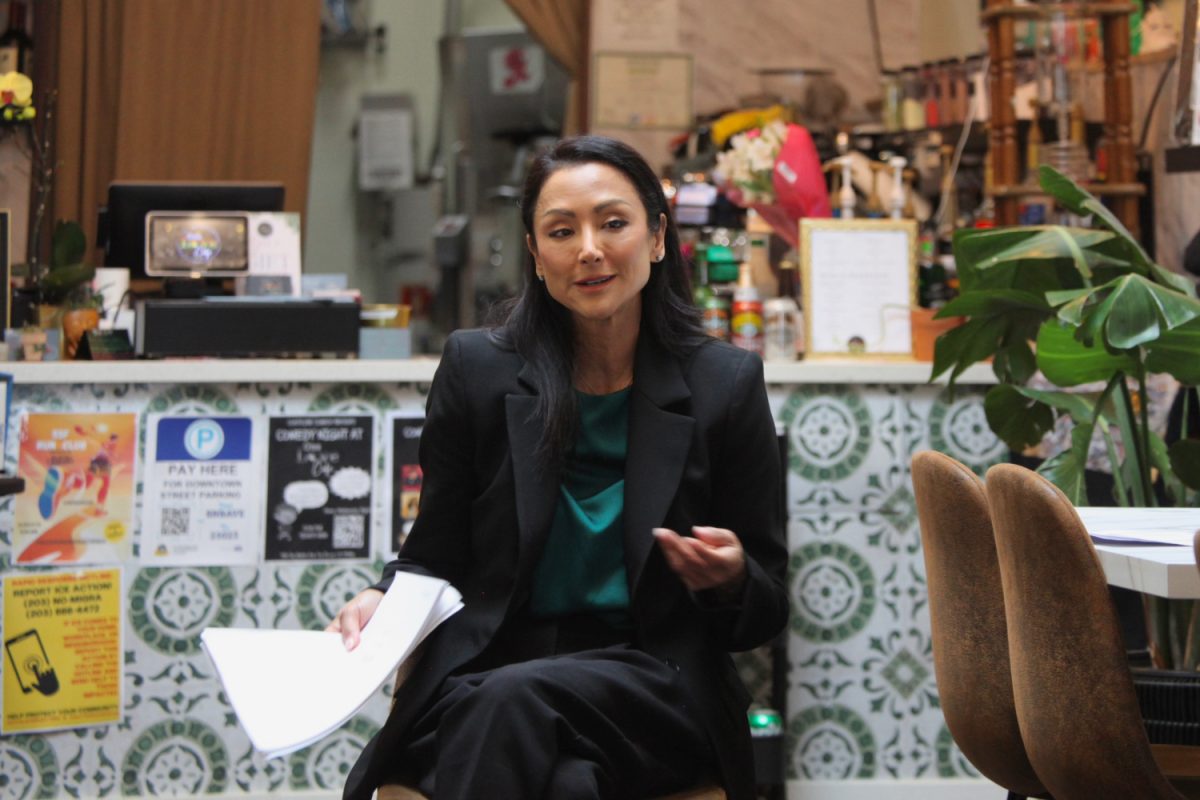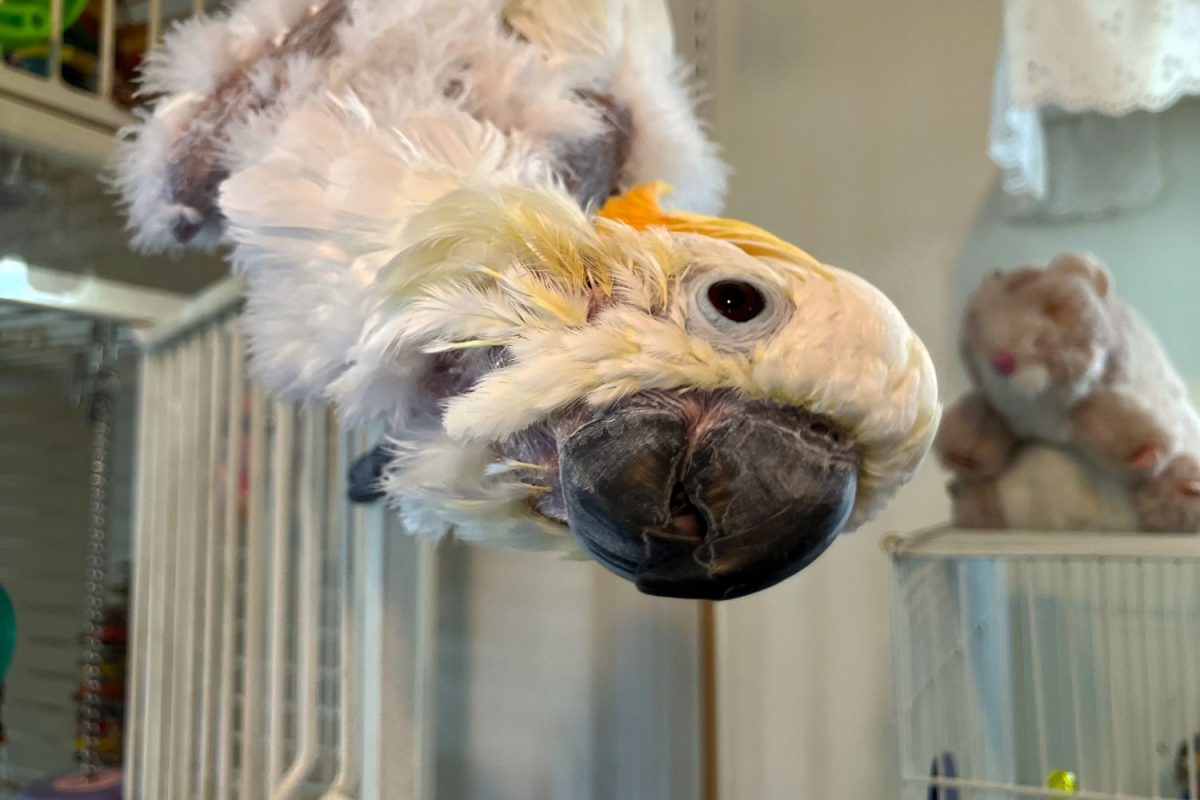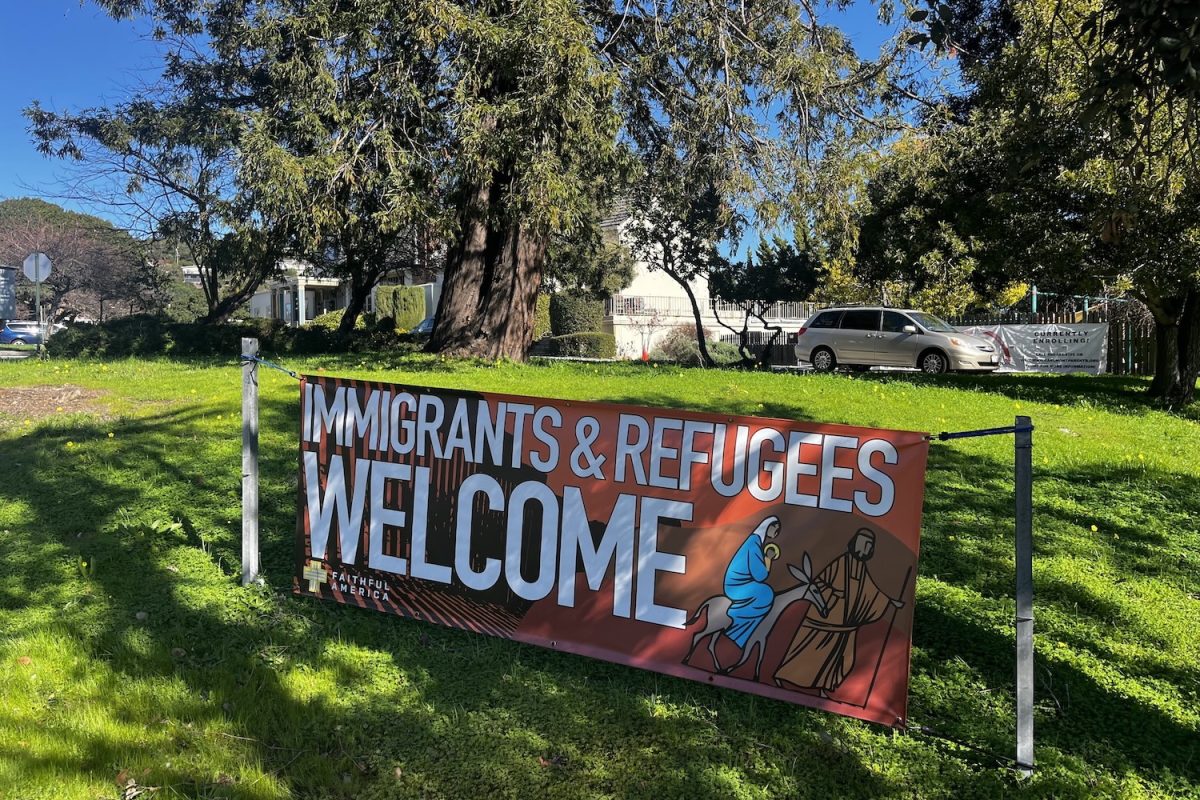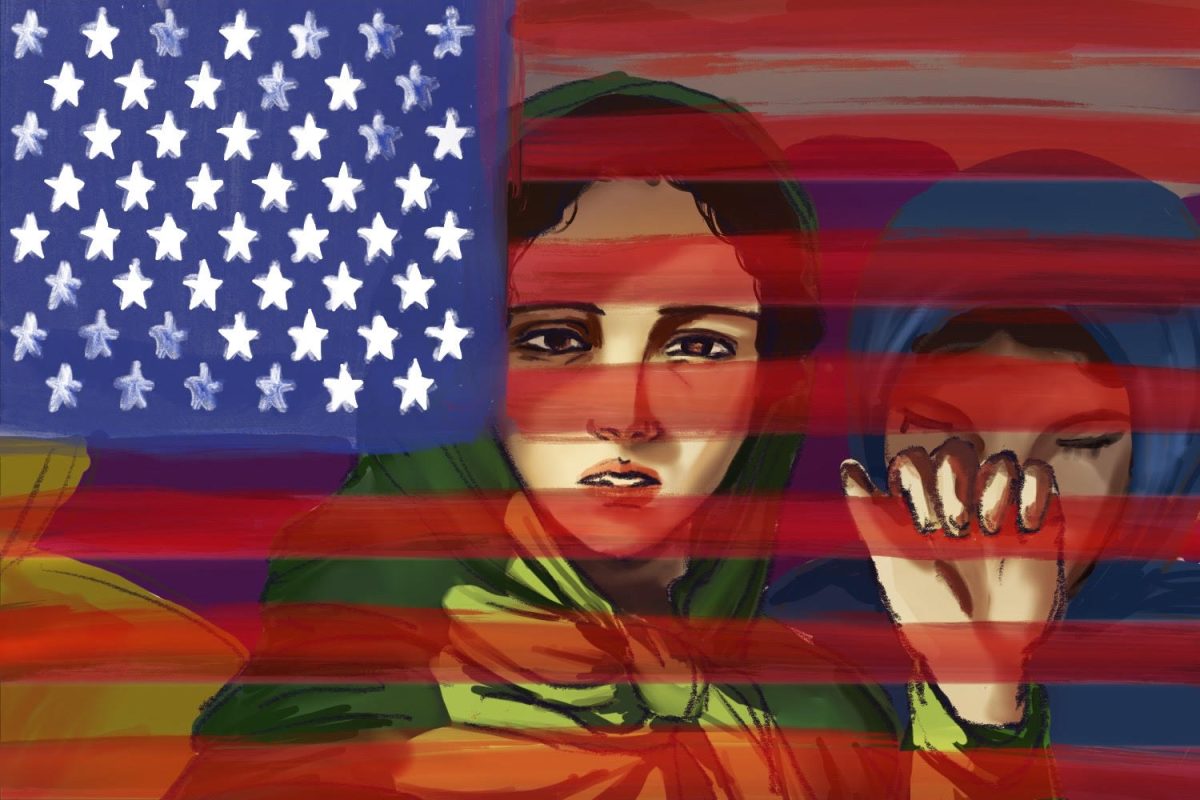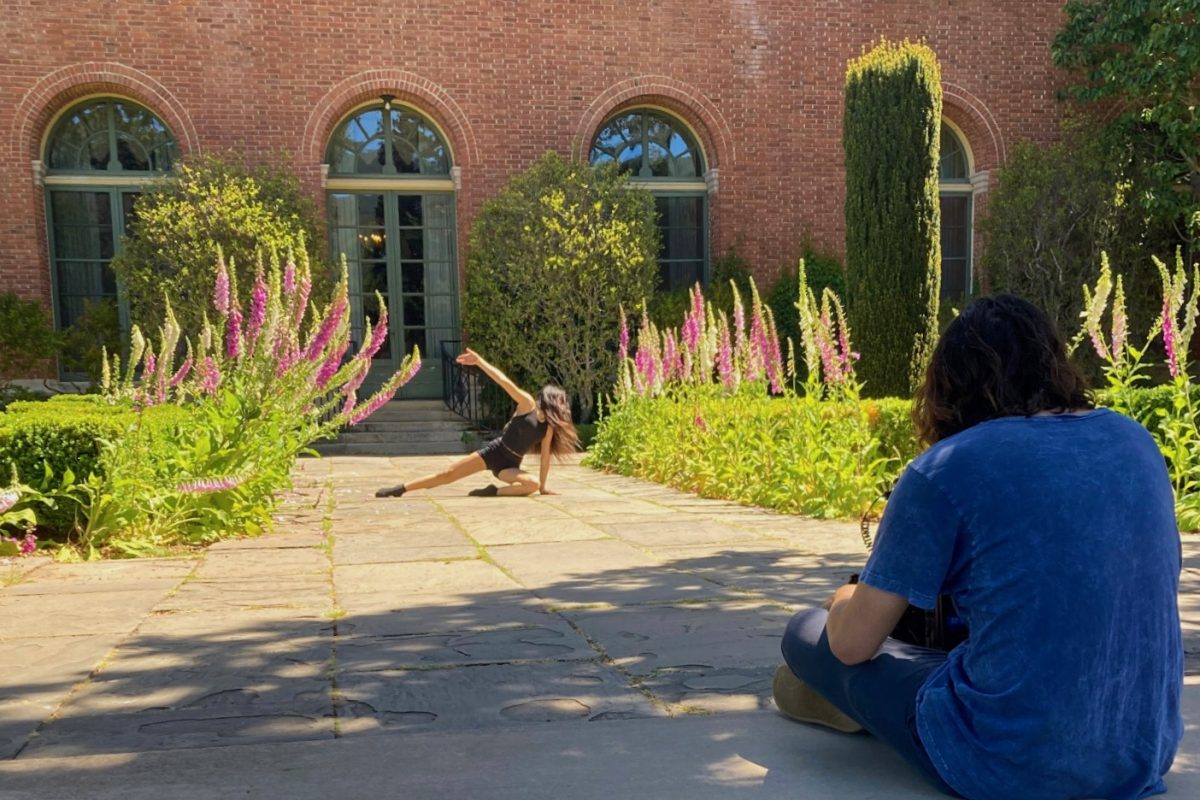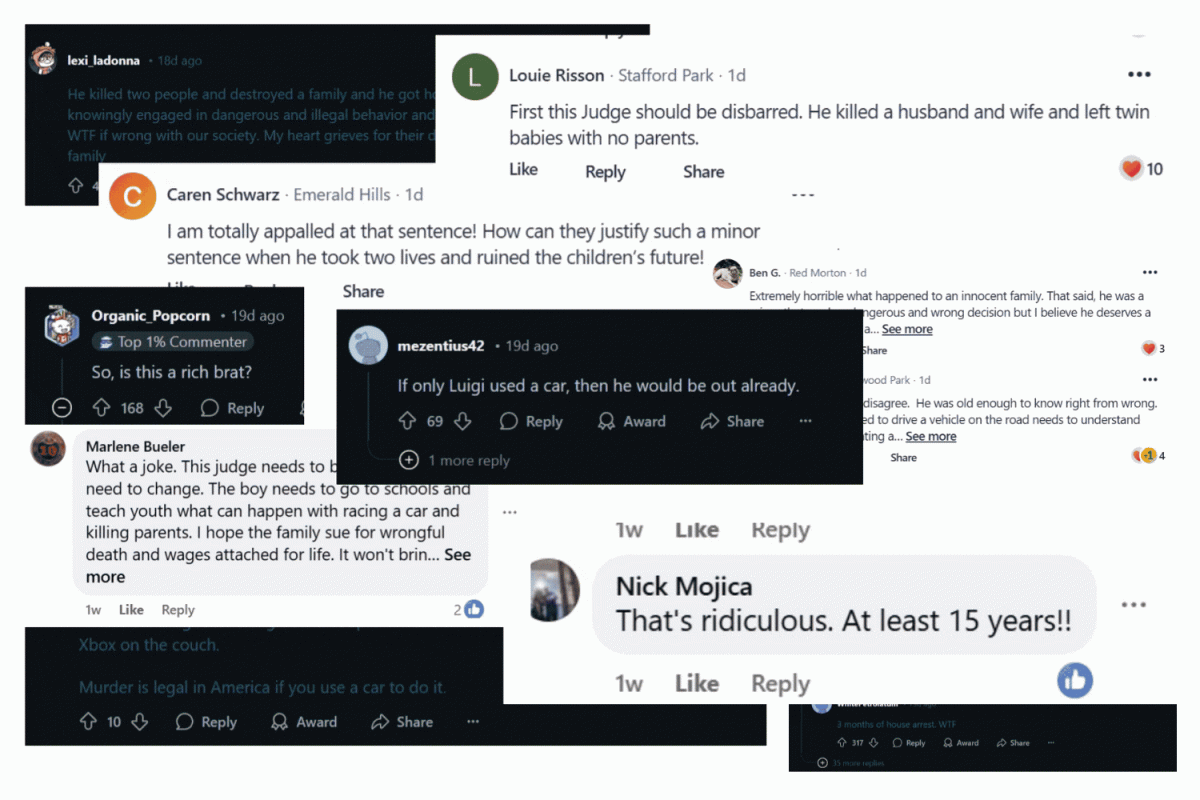Before this century is out, half of all languages will be dead.
This is a position firmly held by the United Nations Department of Economic and Social Affairs Indigenous Peoples.
According to a recent study published in the scientific journal Nature, language loss could triple within the next 40 years.
This comes as most of humanity, particularly younger generations, choose to adopt dominant languages for economic and social reasons.
“People who speak minority languages have had a very hard time and suffered physical violence for speaking these languages,” said Rolando Coto-Solano, an assistant professor of linguistics and computer science at Dartmouth College. “If they do that to you and then you have a kid, you’re not gonna want that for them.”
As of 2022, the Endangered Languages Project (ELP) estimates that there are 2,450 languages classified as threatened or endangered, with over half of them being concentrated in Asia and Oceania alone.
Another major reason for the increase in global language loss is that many parents have made their children adopt more widely spoken languages that they consider to be more “useful.”
“A language is threatened with extinction when it’s not being learned by the children as they grow up,” said Richard Wright, a professor and chair of the Department of Linguistics at the University of Washington. “The parents might move on and decide that their children should speak the more dominant language.”
Moreover, the colonization of many regions in the Americas and Africa has accelerated this process, as the many unique ethnic groups that live in these regions have been forced to assimilate.
“In a lot of countries, their native language is much less frequently spoken,” said Anne Campanget-Reed, a French teacher and member of the World Languages Department at Carlmont. “They have an outside language like French as a primary language.”
Language preservationists also deal with many challenges. There are many obstacles linguists and researchers face when they are in the field and getting recordings from speakers of some of these endangered languages.
“Sometimes these communities who still speak these languages are found in fairly remote places that are hard to get to and that’s why the languages are still there,” Wright said. “You might have to fly to an island in the middle of the Pacific, you might have to climb to the top of a mountain.”
However, all hope is not lost. With the advent of many new technologies like portable recording devices, linguists have been working with communities that speak some of these dying languages to find new methods of language preservation.
“Twentieth and 21st-century technologies have helped a lot,” Wright said. “For example, in my lab, we have these professional audio recorders. And it’s the size of a cigarette box.”
Some of these technologies have streamlined preservation processes, including particularly time-consuming tasks like tagging.
“We spend a lot of time doing things manually, like, for example, tagging whether this is a noun, this is a verb, and so forth,” Coto-Solano said. “If computers could help us with that, it would make our work more efficient.”
In particular, programming has played a key factor in saving endangered languages, as many people have found success in running programs based on indigenous languages and not dominant ones.
“People would say indigenous languages are not good for that,” Coto-Solano said. “But I like seeing people who are Indigenous students make computer programs run in their languages.”
Some of these programs have made it easier for linguists to document and analyze these languages, freeing up more time for them to get important field recordings.
“My students are working on a program to help with transcription,” Wright said. “These are tools which take a recording, which is just a continuous recording, and break it up into word size segments. And that makes the process of analyzing the language much easier.”
According to the ELP, with every language that dies, centuries (and sometimes millennia) worth of cultural knowledge, traditions, and ways of life go with it too. Because of this, many Indigenous communities will not be given the chance to properly express themselves on the world stage.
“Culture and language are definitely very closely entwined,” Campagnet-Reed said. “The culture gives rise to the language.”
Additionally, some of the knowledge embedded within these languages can help humanity solve major global issues that impact everybody, not just Indigenous communities.
“Indigenous languages have traditional ecological knowledge within them about things like animals, plants, and seasons,” Coto-Solano said. “This should help us do things like fight climate change and understand the planet better.”
Both linguists and Indigenous communities hope that the general public will pay attention to some of these endangered languages and help with the fight to preserve them.
“It’s always a tough sell to make people care about these languages,” Coto-Solano said. “But for Indigenous communities, it represents their sovereignty, their desire to write their own history, and the ability to tell their own stories.”




